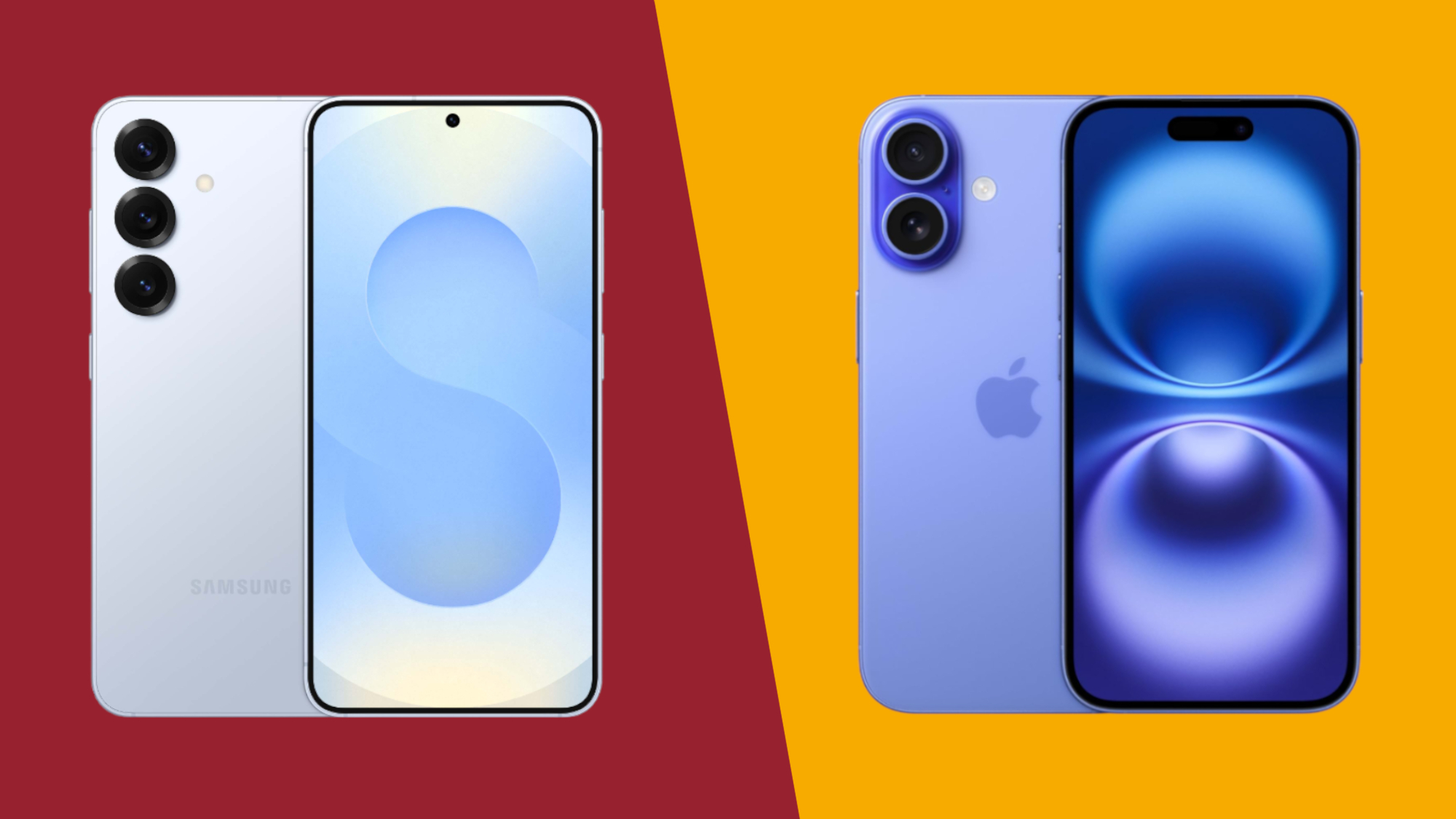
The Samsung Galaxy S25 is a pocket powerhouse, sporting premium internal components and enough AI tools to make any tech-savvy head spin. It might not bring much in the way of new design or photography tools, but this is a solid choice for those who want a powerful small phone.
For
- Incredible performance and speed
- Sleek design feels polished and solid
Against
- Camera specs are getting a bit stale
- The AI doesn’t do as much as Samsung promised
The iPhone 16 is the most pro the baseline Apple flagship has ever felt. The A18 chip brings serious performance ability, Apple Intelligence offers new ways to create and get things done, and the Camera Control button takes mobile photography to a new tactile dimension.
For
- Camera control changes the game, and content creators will love it
- A18 chip is plenty powerful
Against
- Still just a 60Hz display
- Not a major upgrade over the iPhone 15
The Samsung Galaxy S25 is very much an iterative update on the Galaxy S24, but does bring a solid handful of new features and hardware upgrades. We're talking a new, more powerful chipset, upgraded RAM, and a refreshed design.
Many fans and customers-to-be will naturally compare the Galaxy S25 against the iPhone 16. Samsung and Apple are two of the largest phone brands in the world, and as such have one of the longest-running rivalries in smartphone tech. Phones from either company commonly set trends that echo through the rest of the industry.
While the Galaxy S25 is a flat-out compact powerhouse, the iPhone 16 is the most Pro-like base model handset we've ever seen from Apple, rich with exclusive software and hardware features like Apple Intelligence and the Camera Control button. Determining the better phone isn't as simple as pointing to stats: while both are capable, they offer very different experiences.
Luckily, we're here to cut through the noise. We've detailed the key specs and features of either phone below, so you can see exactly how these phones match up. And for a more experience-driven take, be sure to check out our Samsung Galaxy S25 review and iPhone 16 review.
Samsung Galaxy S25 vs iPhone 16: specs comparison
This article contains a detailed breakdown of the specs and features of the Samsung Galaxy S25 and iPhone 16, but feel free to check out the chart below for a quick overview of the two handsets.
Samsung Galaxy S25 vs iPhone 16: price and availability
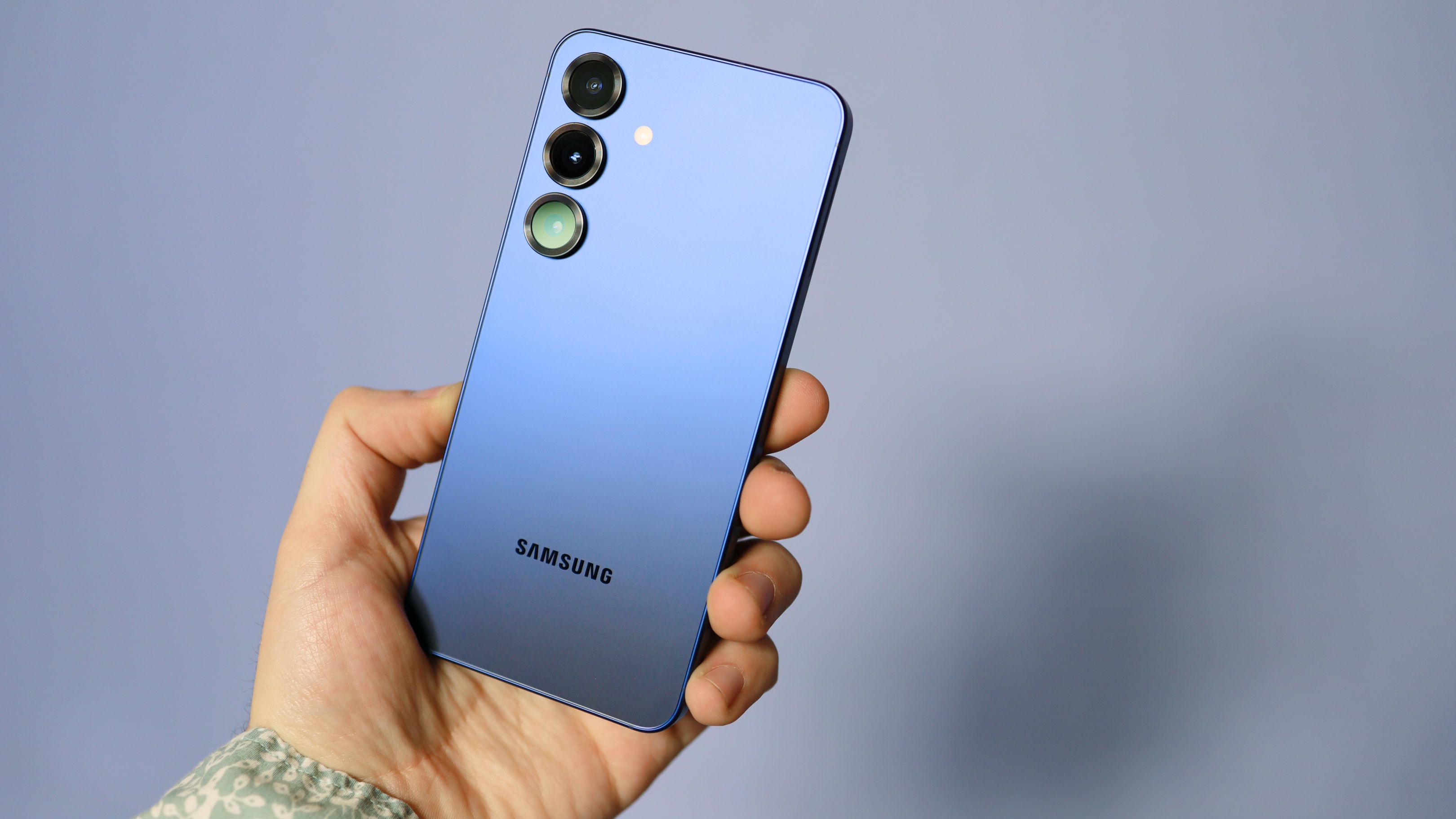
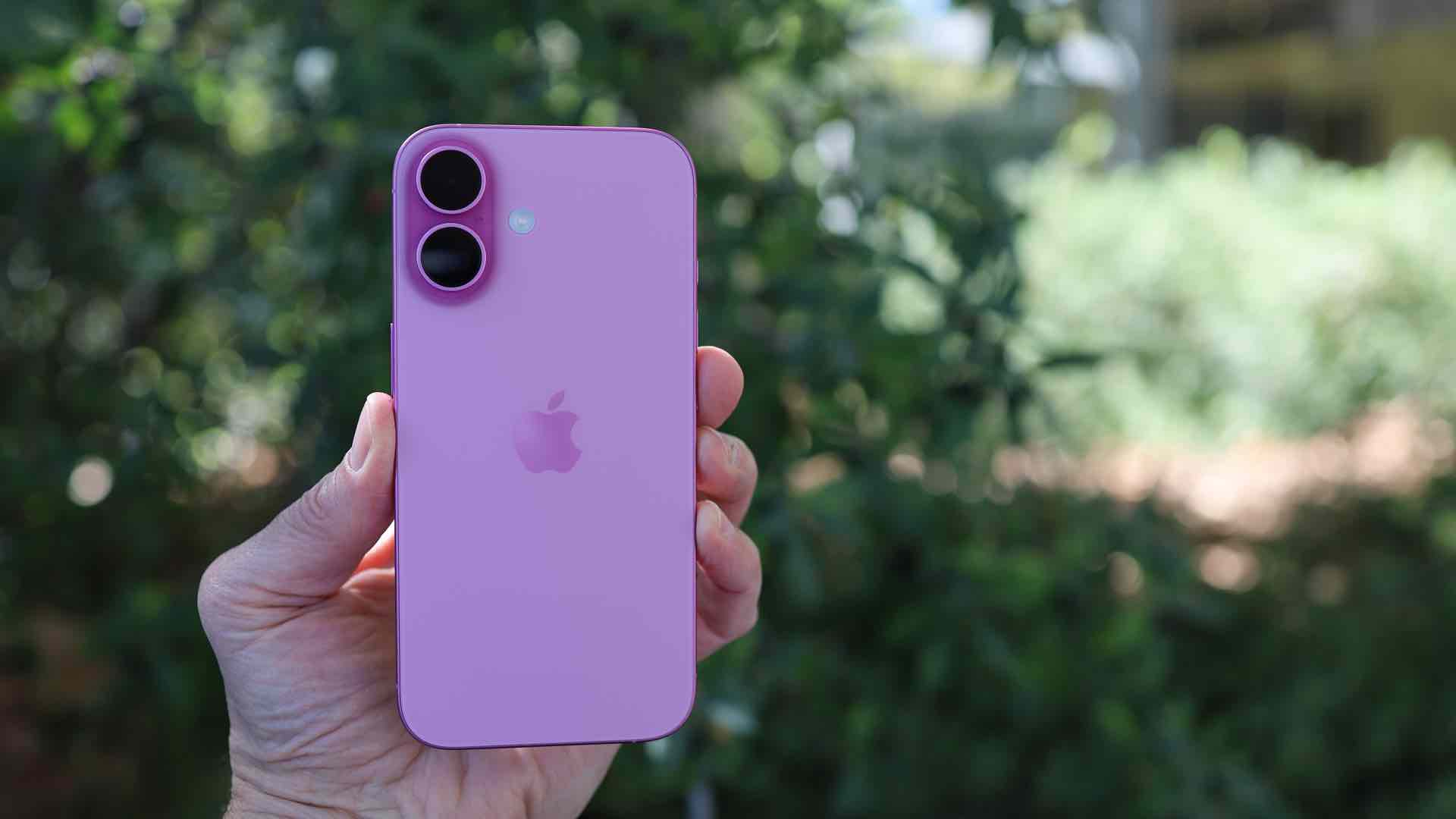
The Samsung Galaxy S25 was announced on January 22, 2025, and shipped on February 7. The iPhone 16 was announced on September 9, 2024, and shipped on September 20 of the same year.
The Samsung Galaxy S25 was the first major phone release of 2025, but can be seen as a direct competitor to the iPhone 16. The phones are figuratively part of the same era of devices.
The Samsung Galaxy S25 and iPhone 16 are possibly two of the most widely available phones in the world. As the baseline flagships of either company, these devices can be easily found for sale in dozens of countries from both Samsung and Apple directly and domestic third-party retailers and carriers.
Though the Galaxy S25 itself is widely available, its storage options vary by region. The UK gets all three variants, while the US misses out on 512GB and Australia forgoes the 128GB option.
As for pricing, the Galaxy S25 starts at $799 / £799 for the model with 128GB of storage, rising to $859 / £859 / AU$1,399 for the 256GB variant, and then topping out at £959 / AU$1,599 for the 512GB version.
The iPhone 16 has the same starting price of $799 / £799 / AU$1,399 for the same 128GB of storage, rising to $899 / £899 / AU$1,599 for 256GB, and peaking at $1,099 / £1,099 / AU$1,949 for 512GB.
All in all, there's not much in it between the two phones. The cheapest units are identical price and storage wise, whereas Samsung keeps prices a little lower for the higher-tier models. Though both are current generation flagships with little scope for discounts outside of special events, it's possible to get a decent iPhone 16 deal or Galaxy S25 deal with enough patience.
Samsung Galaxy S25 vs iPhone 16: design and display
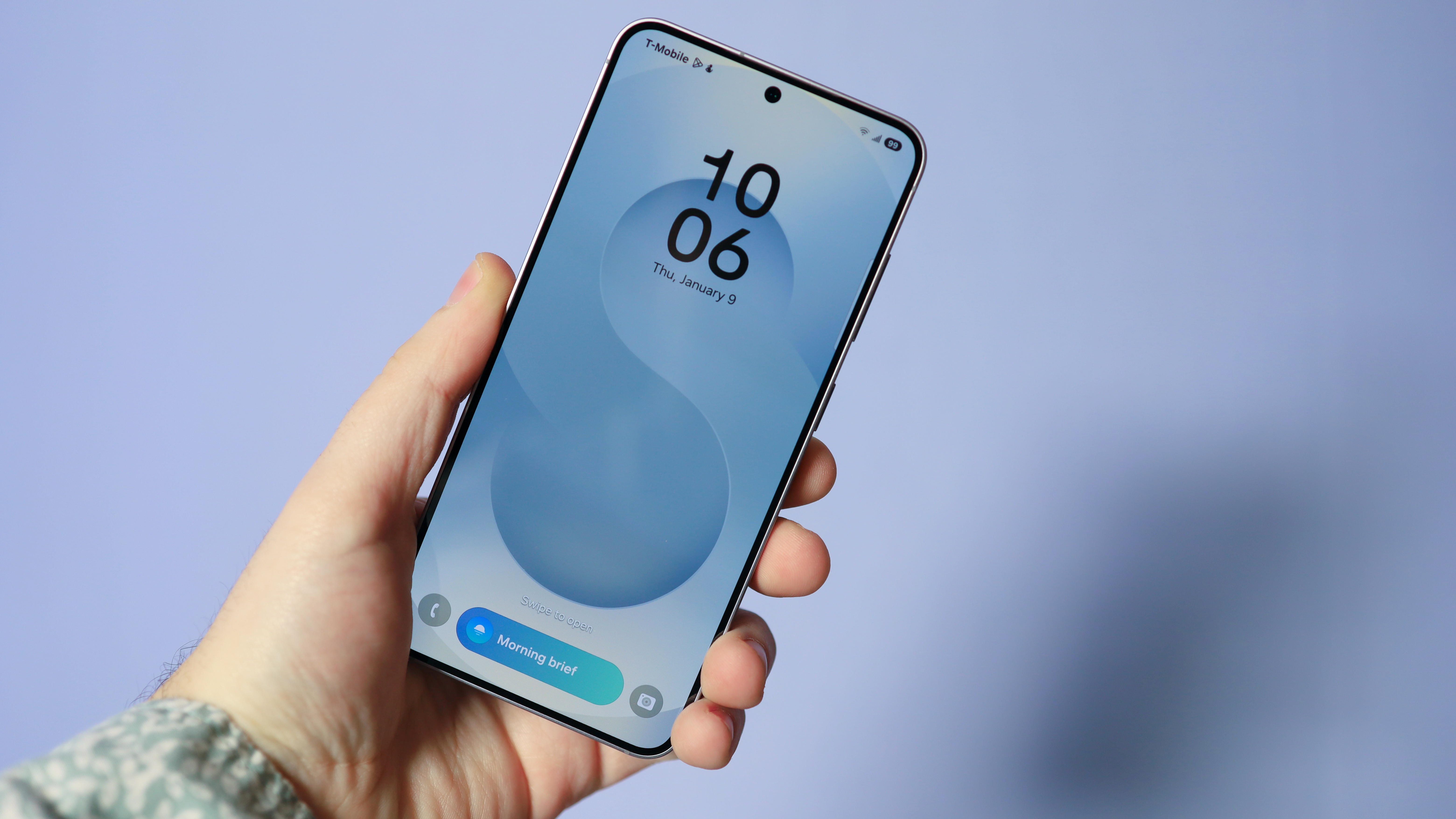

The Samsung Galaxy S25 and iPhone 16 are perhaps the most similar these two rival phones have ever looked. Both feature a rounded rectangular aluminum frame, a frosted glass rear panel with vertically aligned cameras, and come in a variety of colors. Both have a single USB-C port for charging and data transfer.
The Galaxy S25 has bolder camera housing for its three cameras, which comes in the form of three separate black rings around each lens. The buttons on offer here are a bit more minimal than the iPhone 16, with just a power button and volume rocker.
Comparatively, the iPhone 16 features color-matched camera housing, a slightly more rounded design overall, and more hardware buttons, with the side-mounted Camera Control and Action Button allowing for customizable control over the camera and other apps.
As for displays, the Galaxy S25 comes equipped with a 6.2-inch 1080 x 2340 120Hz display, at 416 pixels per inch, with a peak brightness of 2,600 nits. The iPhone 16 sports a 6.1-inch 1179 x 2556 60Hz display, at 460 pixels per inch, with a peak brightness of 2,000 nits. Both are OLED panels at an aspect ratio of 19.5:9.
At the top of the S25's display you'll find a punch-hole selfie camera that's so small it's often unnoticeable. The iPhone 16 goes in the complete opposite direction with the Dynamic Island, which takes up a good bit of space at the top of the display but features software utilities like showing album art for music or alerting you to notifications.
Overall, Samsung's display is a little larger, but a little less pixel-dense than the iPhone 16. Both displays are sharp enough that pixels are invisible at normal viewing distances. The S25's display is effectively the same as last year, which our Galaxy S24 review found to be "no disappointment", but not exactly class-leading. Our iPhone 16 review found its display to be bright and responsive, but notes that a 60Hz refresh rate isn't quite up to par. Either way, these are great-looking screens that hold up in all kinds of conditions.
Samsung Galaxy S25 vs iPhone 16: cameras
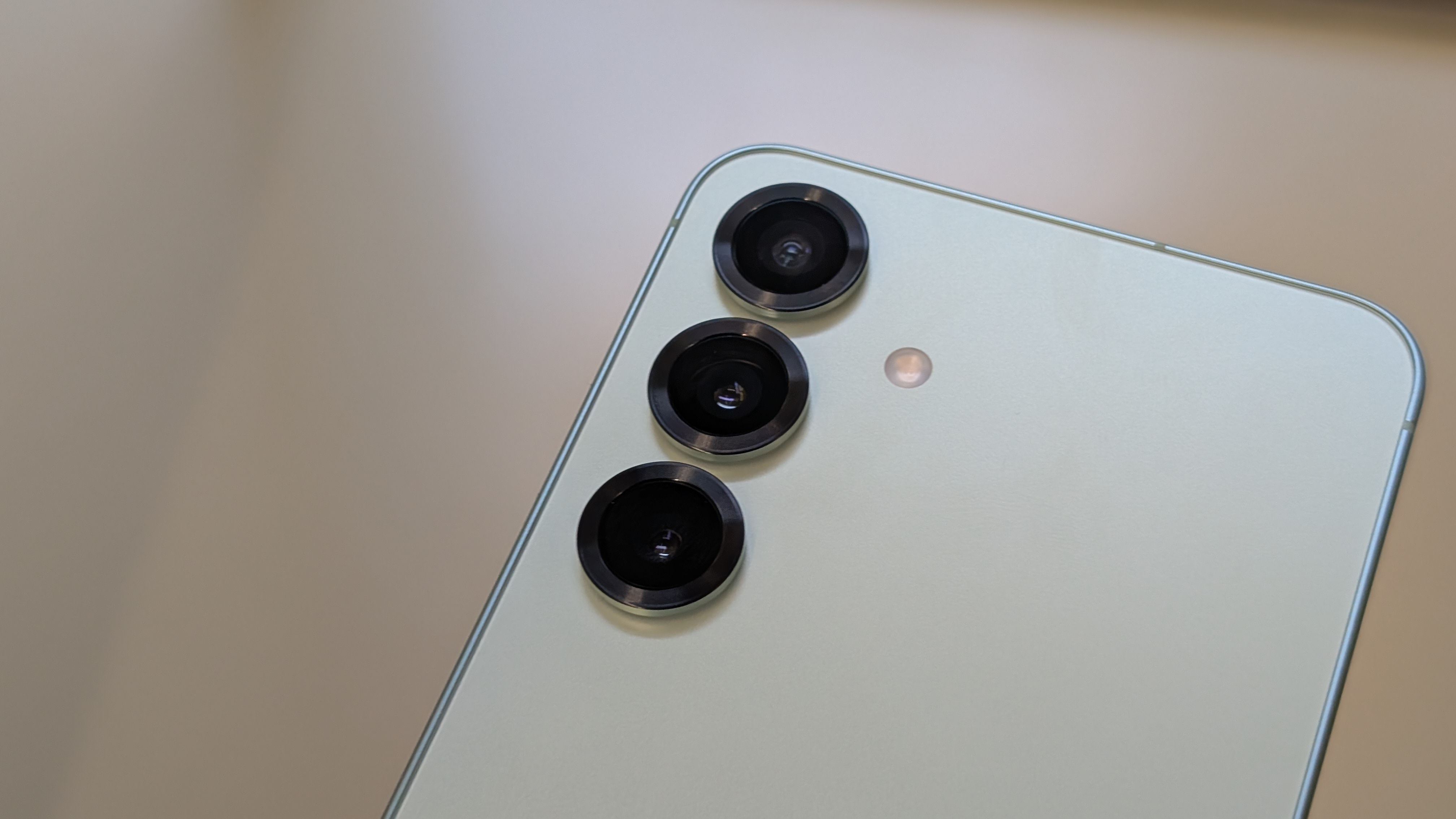
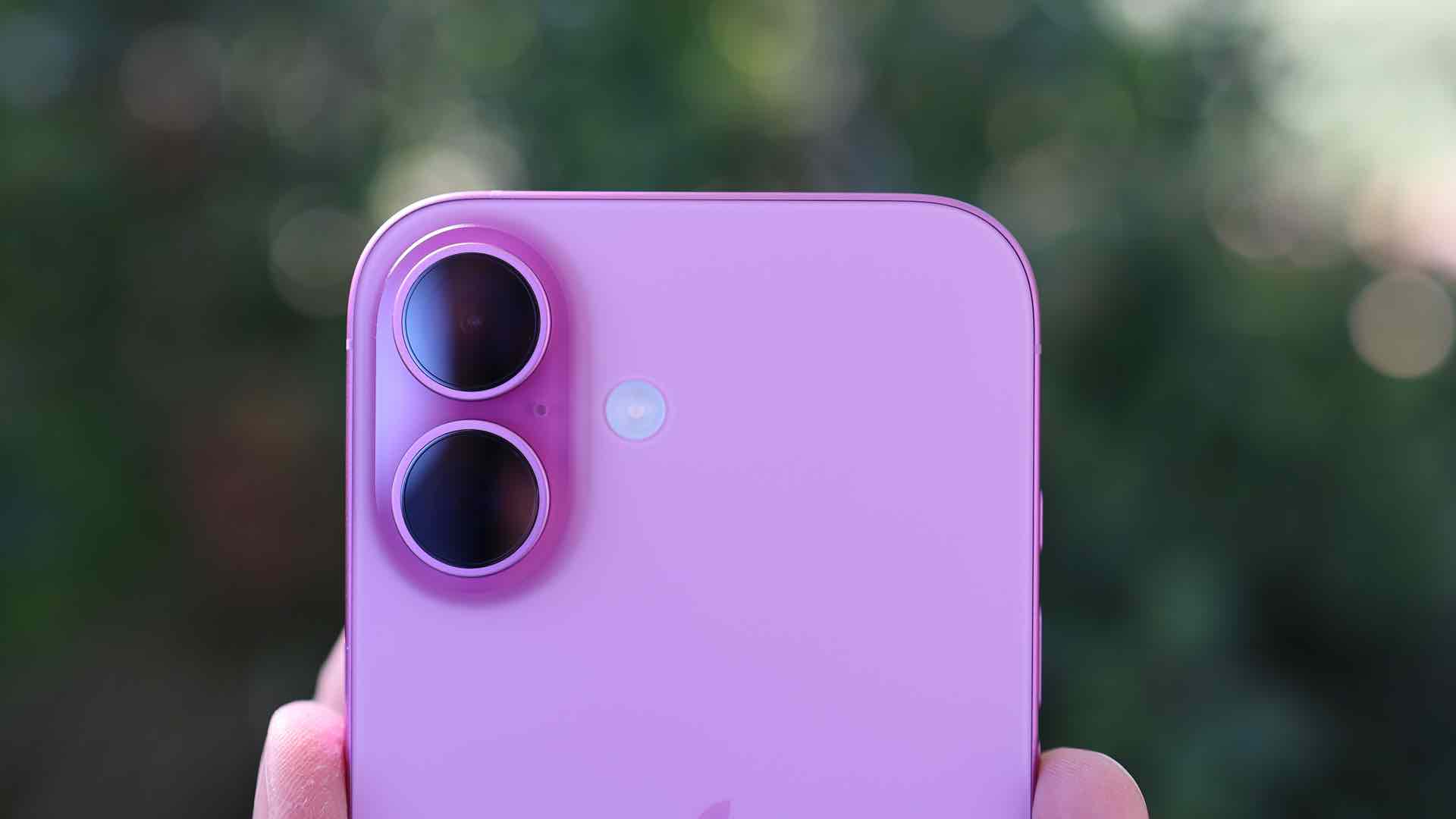
When it comes to cameras, both the Samsung Galaxy S25 and iPhone 16 come equipped with solid snappers. The S25's iconic triple-camera system offers more versatility than the iPhone's two-camera setup, but the iPhone offers more control with the new physical Camera Control button.
The Galaxy S25 comes equipped with a 50MP main camera, 12MP ultra-wide camera, and 10MP telephoto camera with 3x optical zoom. It's the same great camera system as found on the Galaxy S24, and is one of the only flagship phones at this price point to offer optical zoom.
In comparison, the iPhone 16 comes equipped with a 48MP main camera and a 12MP ultra-wide camera. The lack of optical zoom means the iPhone has fewer lens options than the S25, but as our iPhone 16 review finds this handset is more than capable of producing excellent photographs in a variety of situations. As for digital zoom, the iPhone 16 manages a respectable 25x, while the S25 reaches 30x.
As for video, the S25 can record video at up to 8K resolution at 30fps (with 4K at 60fps). This beats the iPhone 16's 4K 60fps limit.
However, as mentioned, the iPhone 16 has an ace up its sleeve (or on it's side?) when it comes to photography – the new Camera Control capacitive button. The Camera Control is a physical shutter button which responds to various gestures and levels of pressure to allow for various forms of control over the iPhone's camera app. The iPhone 16 is therefore the first mainstream flagship to have a physical shutter button, which is sure to be a boost for keen mobile photographers.
Samsung Galaxy S25 camera samples



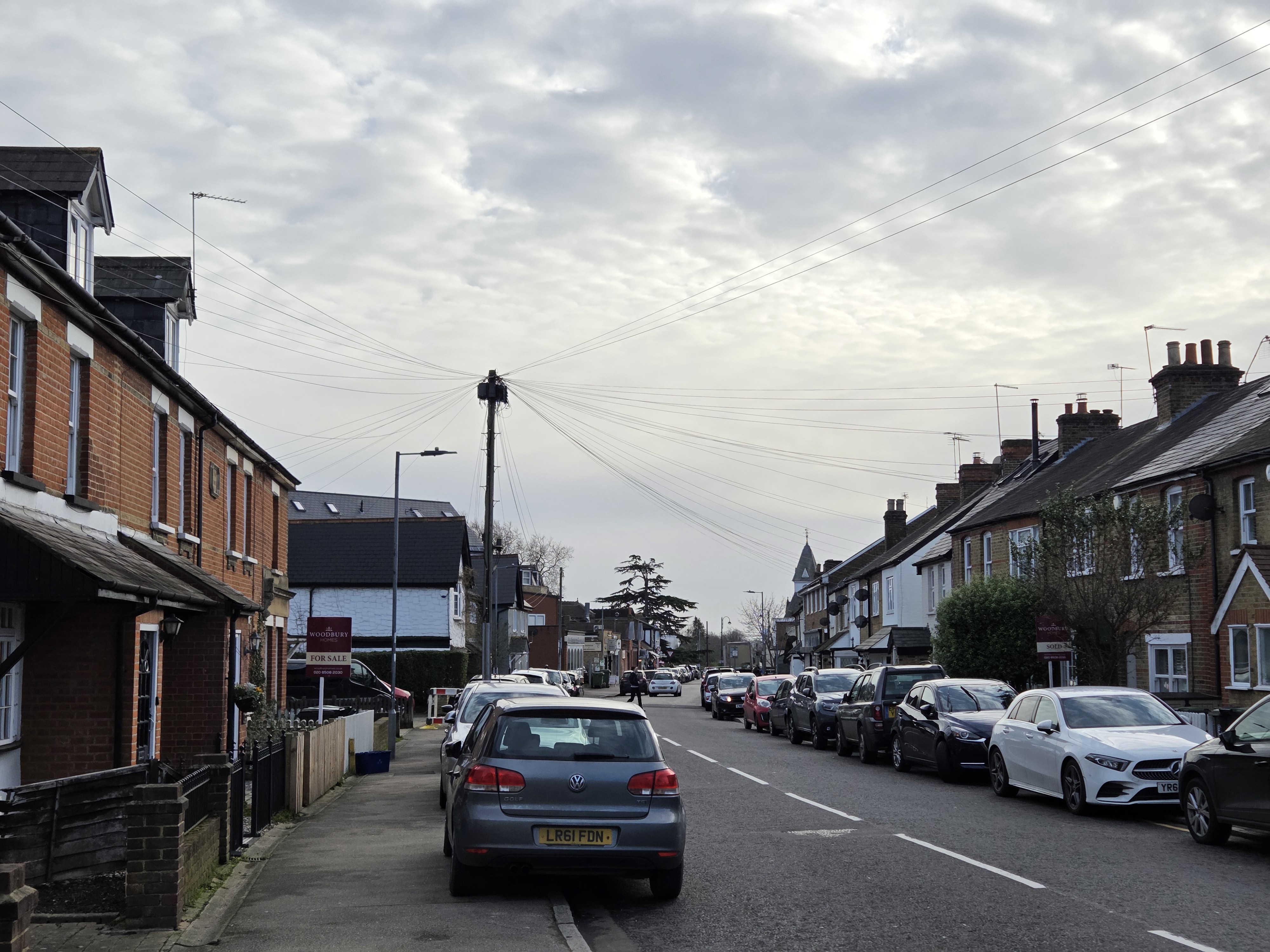

iPhone 16 camera samples



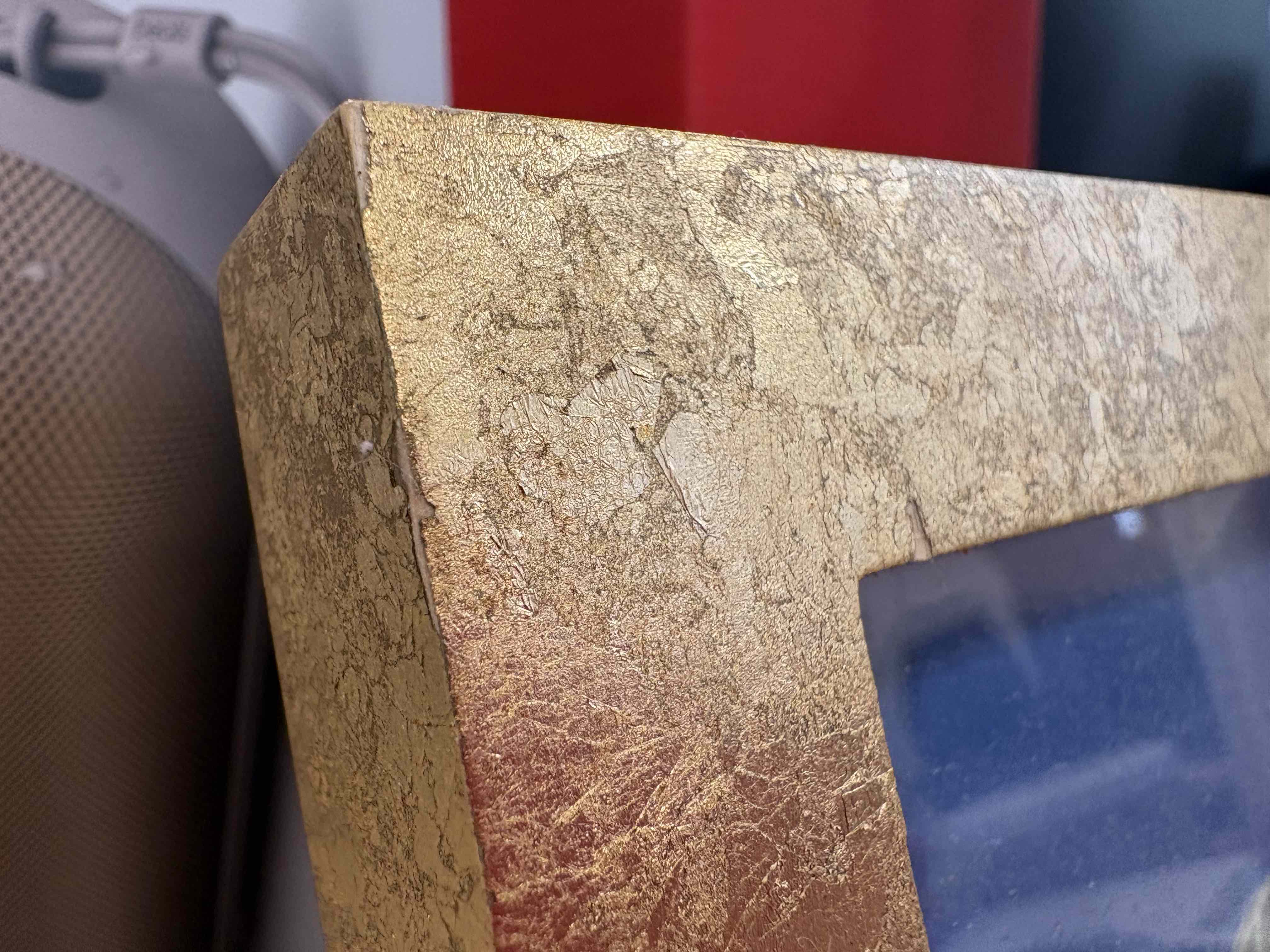

Samsung Galaxy S25 vs iPhone 16: performance
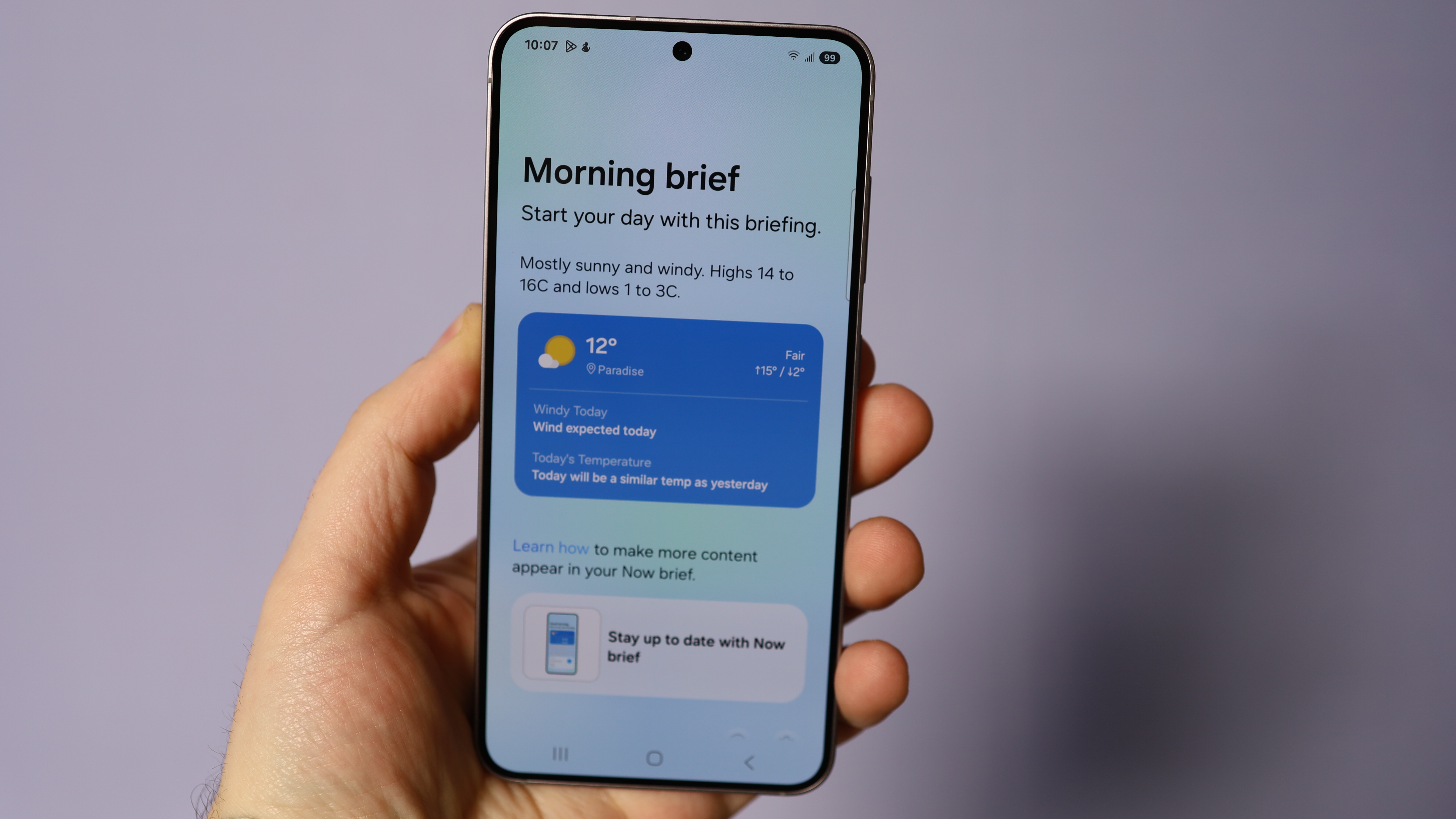
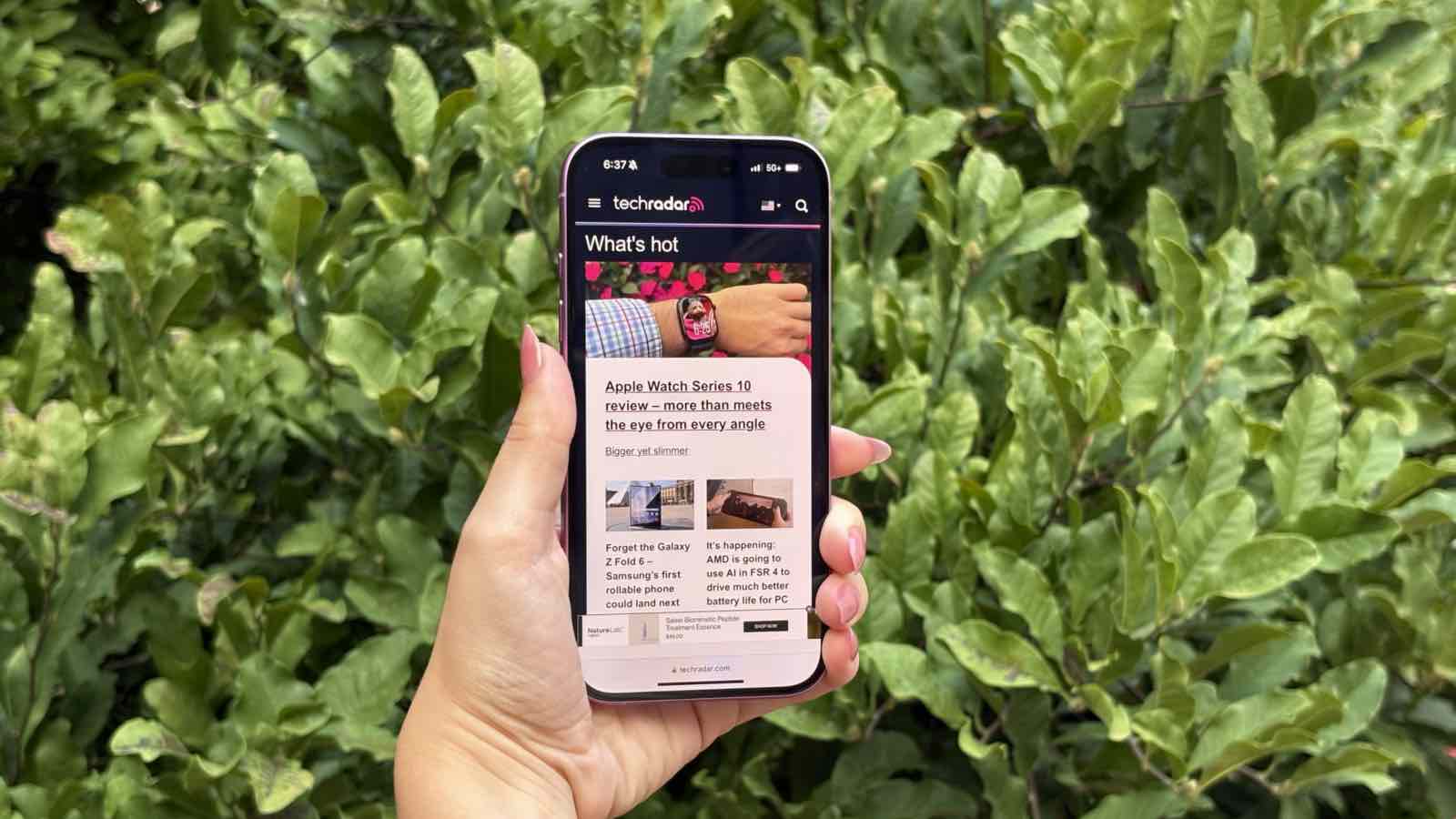
Though both of these phones are great performers, the Samsung Galaxy S25 is especially powerful for the price, sporting a Snapdragon 8 Elite chipset and surplus RAM for multitasking and AI capabilities. The iPhone 16 benefits from Apple's famously excellent optimization and big advancements in its own proprietary A18 chipset, but if benchmarks are anything to go by it has a hard time catching up to the S25.
The Galaxy S25's Snapdragon 8 Elite for Galaxy chipset, which continues the two brands partnership in fitting Galaxy flagships with an overclocked slice of silicon. The phone also sports 12GB of RAM, which is a genuinely sufficient amount for lots of multitasking and modern AI tools. That's a good thing, too, because the S25 is loaded with AI features, from the included Google Gemini models to the new Now Brief adaptive news page.
This AI is powered by the Personal Data Engine, an actual hardware core dedicated to learning your usage patterns, preferences, and routines. This information is kept on-device.
The iPhone 16 is powered by Apple's own A18 chipset, which is plenty powerful in its own right. Apple claims the A18 offers up to 30% faster processing and up to 40% faster graphics performance than the previous generation A16 Bionic. The iPhone 16 also comes with 8GB of RAM, which we've inferred is the minimum required to support the Apple Intelligence suite of AI tools and features, which are still rolling out piece by piece.
Similar to the Personal Data Engine, Apple's A18 chipset sports a 16-core Neural Engine dedicated to machine learning and AI tasks.
In real-world use, these phones are fast, powerful, and able to cope with demanding multitasking, media, and gaming. The Samsung Galaxy S25 just has that extra headroom that might come in handy in the most strenuous situations: for reference, the Galaxy S25 has the exact same chipset and RAM as its more powerful sibling, the Galaxy S25 Ultra. The iPhone line-up lacks that kind of power parity.
Samsung Galaxy S25 vs iPhone 16: battery
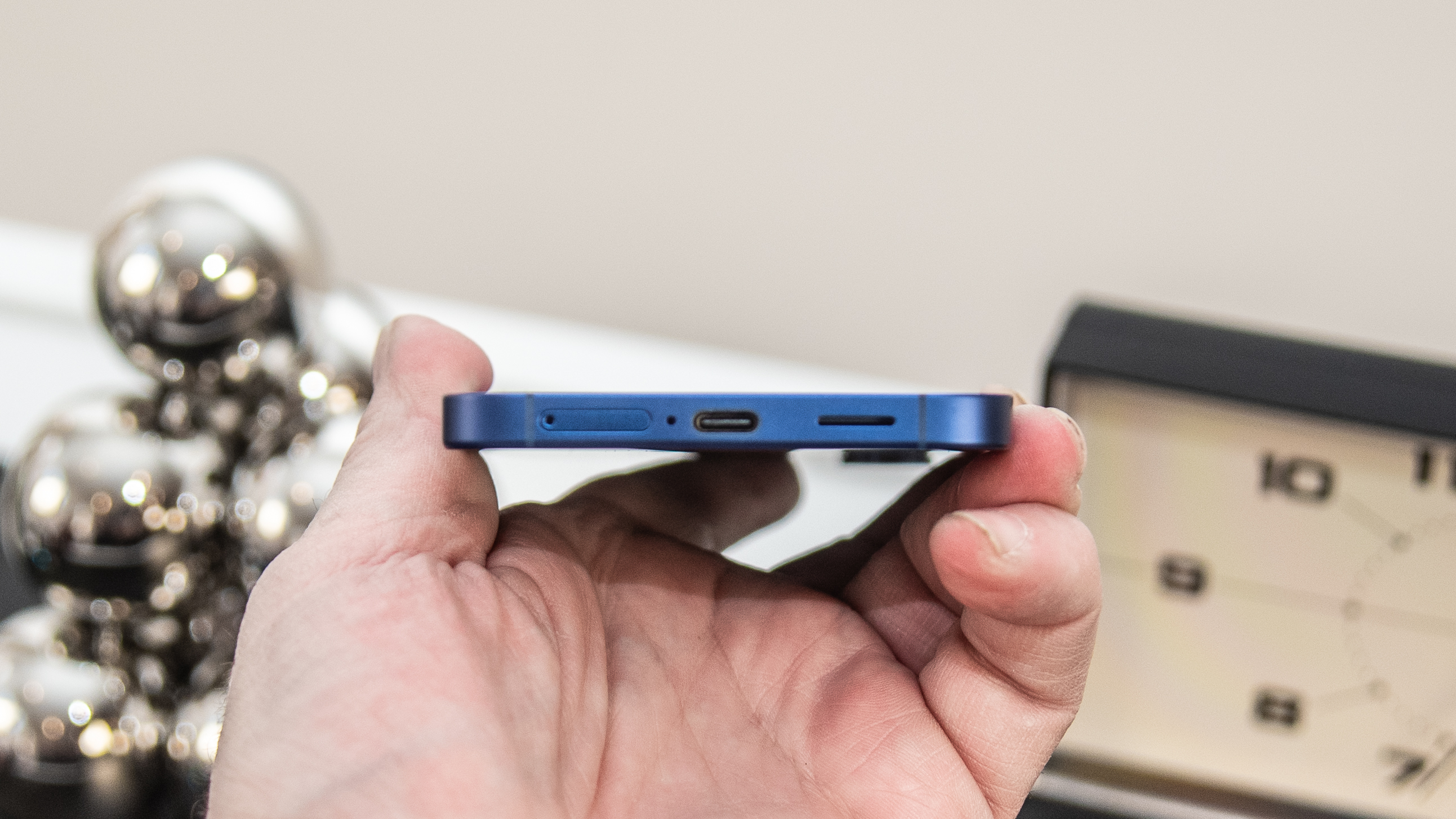
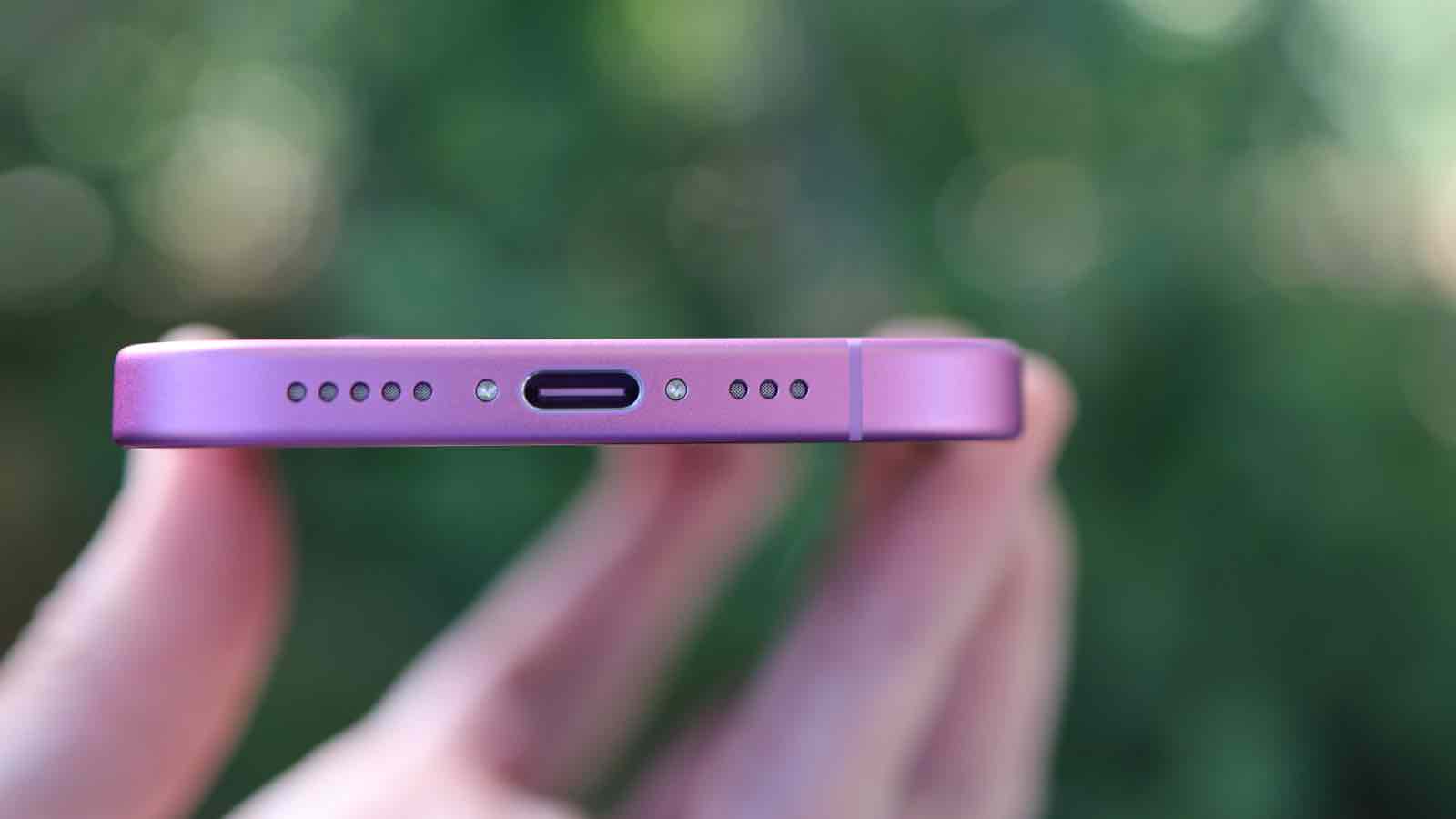
The Samsung Galaxy S25 sports a 4,000mAh battery, the same capacity as the Galaxy S24 that came before it. Samsung suggests this can last for a maximum of 29 hours of video playback.
In comparison the iPhone 16 comes equipped with what we estimate to be a 3,651mAh battery. Apple never publishes the exact capacity of any of its devices' batteries, so we have to rely on teardowns and benchmarks to get any sort of accurate figure. In any case a smaller-than-average cell is standard for Apple, which claims the iPhone 16 can sustain up to 22 hours of video playback on a single charge.
In our Future Labs testing, the Galaxy S25 made it to nearly 16 hours in our rundown test, while the iPhone 16 lasted less than 12 and a half hours. That's a pretty clear win for the Galaxy S25, but when it comes to charging, the balance is flipped.
The Samsung Galaxy S25 supports up to a 25W charging speed, which, while not painfully slow, isn't particularly fast either. The phone's wireless charging speed of 15W is decent, however. The iPhone 16 scores a win here with its 45W charging speed and 25W wireless charging via MagSafe, both of which are excellent for a baseline flagship.
These two phones are replete with modern optimization and efficient chipsets, so both are likely to offer all-day battery life with standard use. The Galaxy S25 might last a little longer, but takes a bit longer to recharge too.
Samsung Galaxy S25 vs iPhone 16: verdict
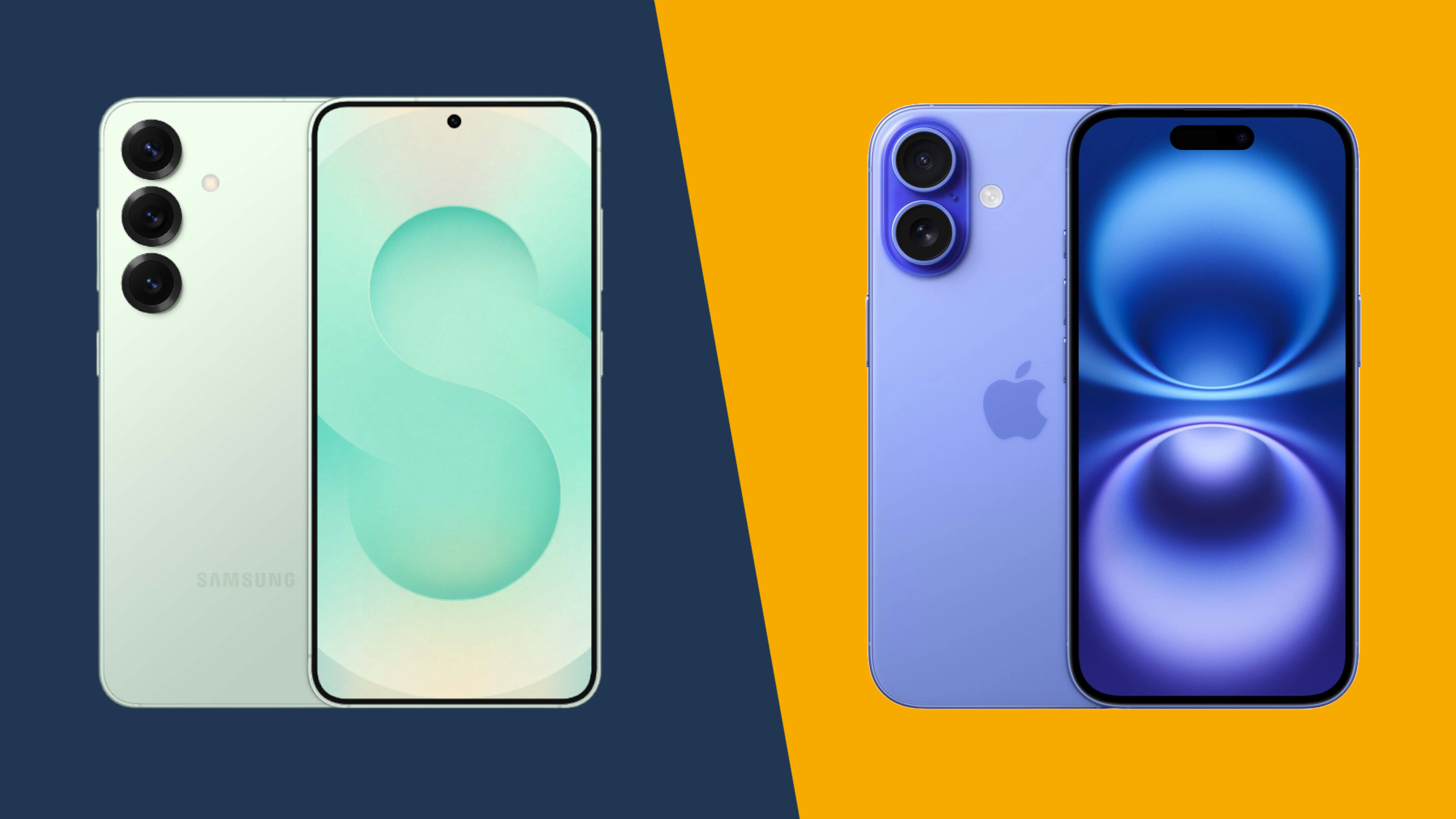
The Samsung Galaxy S25 and iPhone 16 are two of the most impressive phones we've ever seen at this price point. These are powerful, thoughtfully designed devices that blur the lines between standard flagships and their pro-grade counterparts. Of course, some people will never switch from Android to iOS or vice versa, but for those willing to adapt there are some key points to consider.
The Galaxy S25 is the most powerful phone you can buy for $799 / £799 / AU$1,399. The advanced Snapdragon 8 Elite for Galaxy chipset gives this handset a surplus of power, and while the iPhone 16's A18 chipset is no slouch, it's unlikely to match the Galaxy. However, the iPhone 16 has a sharper screen and faster charging than its rival.
When it comes to photography, the telephoto zoom camera built into the Galaxy S25 offers more versatility than the iPhone 16 can offer, but the Camera Control button gives the latter much more depth and flexibility in how the camera app is controlled.
Both phones are powerful and feature-laden enough to serve as true AI companions too, and whether you go for Apple Intelligence's broad set of tools or more personalised feel of Galaxy AI will most likely be down to personal preference.
Ultimately, these phones will handle day-to-day tasks exceptionally well. The above differences relate to more specialized use cases, so if a feature sticks out to you, it's worth considering whether that could make a purchase worthwhile. However, if neither is calling out to you, free to check out our lists of the best Samsung phones and best iPhones for more options.







